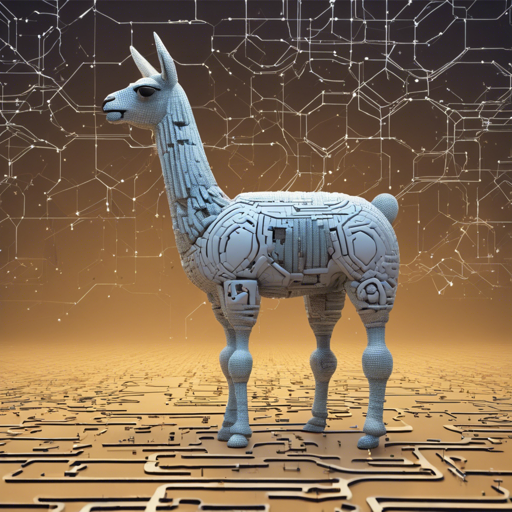Welcome to the exciting world of text generation with the Llama-3-8B-Instruct-262k model! In this guide, we will walk you through how to set up and use this powerful conversational AI for generating text in both Chinese and English.
Getting Started
The Llama-3-8B-Instruct-262k model is a state-of-the-art text-generation model designed to operate on a longer context with improved performance in bilingual tasks. Below are the steps to get you started:
1. Pre-requisites
- Python: Ensure you have Python installed (preferably Python 3.7 or above).
- Transformers Library: You will need the Hugging Face Transformers library. Install it using:
pip install transformers - PyTorch: Follow the installation guide from the official PyTorch website to set up PyTorch according to your system specifications.
2. Importing Required Libraries
Once the prerequisites are installed, you can start by importing the necessary libraries for text generation:
import transformers
import torch3. Setting Up the Model
Next, you will set up the model by specifying the model ID and initializing the pipeline:
model_id = "shibing624/llama-3-8b-instruct-262k-chinese"
pipeline = transformers.pipeline(
"text-generation",
model=model_id,
model_kwargs={"torch_dtype": torch.float16, "device": "cuda"},
)4. Creating the Input Prompt
With the pipeline in place, the next step is to prepare your input messages:
messages = [{"role": "system", "content": ""}]
messages.append({"role": "user", "content": "介绍一下机器学习"}) # Ask the model to introduce machine learning5. Generating Text
Finally, you can generate text based on your input and print the output:
prompt = pipeline.tokenizer.apply_chat_template(
messages,
tokenize=False,
add_generation_prompt=True
)
terminators = [
pipeline.tokenizer.eos_token_id,
pipeline.tokenizer.convert_tokens_to_ids("eot_id")
]
outputs = pipeline(
prompt,
max_new_tokens=512,
eos_token_id=terminators,
do_sample=True,
temperature=0.6,
top_p=0.9
)
content = outputs[0]['generated_text'][len(prompt):]
print(content)Analogical Explanation of the Code
Think of using the Llama-3-8B-Instruct-262k model as akin to crafting a recipe for a delicious stew. Here’s how:
- **Importing Libraries:** Just as you gather your ingredients like vegetables and spices, you first import the necessary libraries like transformers and torch.
- **Model Setup:** Setting up the model is like preparing your pot. You choose the right one, ensuring it can handle the amount of stew (data) you’ll be cooking.
- **Creating the Prompt:** Preparing your input messages is similar to chopping the vegetables; it’s a crucial step before you start cooking.
- **Generating Text:** Finally, cooking the stew represents generating text. You set everything in motion, allowing it to simmer until it’s just the right flavor (output).
Troubleshooting
If you encounter any issues, here are some troubleshooting ideas:
- Model Loading Errors: Ensure you have the correct model ID and that your internet connection is stable to download any required files.
- Memory Errors: If you run into memory issues, check if your GPU supports the required tensor bit (such as FP16). Consider reducing the
max_new_tokensparameter. - Output Errors: If you receive unexpected outputs, try adjusting the
temperatureortop_psettings in the generation parameters.
For more insights, updates, or to collaborate on AI development projects, stay connected with fxis.ai.
Conclusion
The Llama-3-8B-Instruct-262k model is a powerful tool for text generation in both English and Chinese. By following the steps outlined above, you can harness its capabilities for various applications.
At fxis.ai, we believe that such advancements are crucial for the future of AI, as they enable more comprehensive and effective solutions. Our team is continually exploring new methodologies to push the envelope in artificial intelligence, ensuring that our clients benefit from the latest technological innovations.

